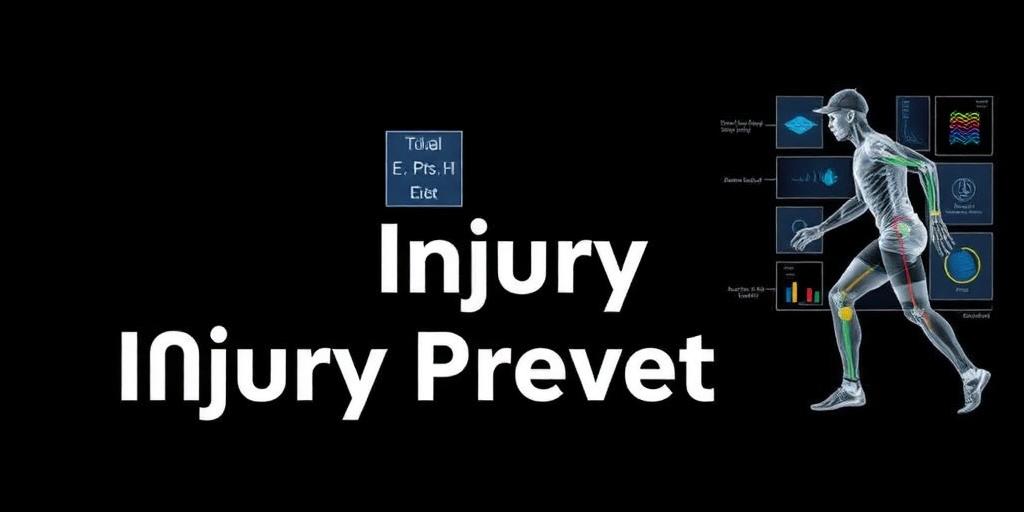The Role of Biomechanics in Injury Prevention
Biomechanics is the study of the mechanical laws relating to the movement or structure of living organisms. In the context of injury prevention, biomechanics plays a crucial role in understanding how forces act on the body and how the body responds to these forces. By analyzing movement patterns, posture, and the loads experienced by different tissues, biomechanics can help identify risk factors for injury and inform strategies to mitigate these risks.
Understanding Biomechanical Principles
Several key biomechanical principles are essential in injury prevention:
- Force and Load Management: Understanding the magnitude, direction, and duration of forces acting on the body helps in designing interventions to reduce excessive loads on tissues.
- Kinematics: Analyzing movement patterns (kinematics) such as joint angles, velocities, and accelerations can reveal deviations from optimal movement strategies that may predispose individuals to injury.
- Kinetics: Kinetics involves the study of the forces that cause motion. Understanding the internal and external forces acting on the body is vital for assessing injury risk.
- Tissue Mechanics: Different tissues (e.g., muscles, tendons, ligaments) have unique mechanical properties. Understanding these properties helps predict how tissues respond to stress and strain.
Applications of Biomechanics in Injury Prevention
Biomechanics is applied in various fields to prevent injuries:
Sports:
- Technique Analysis: Biomechanical analysis of athletic techniques can identify inefficiencies and movement patterns that increase injury risk. For example, analyzing a baseball pitcher's throwing motion can reveal excessive stress on the shoulder and elbow.
- Equipment Design: Biomechanics informs the design of protective equipment such as helmets, padding, and footwear to reduce impact forces and protect athletes from injury.
- Training Programs: Biomechanically-informed training programs can improve movement efficiency, strength, and conditioning, reducing the risk of overuse injuries.
Occupational Health:
- Ergonomics: Biomechanics is fundamental to ergonomics, which aims to optimize the fit between workers and their work environment. Ergonomic assessments can identify risk factors for musculoskeletal disorders (MSDs) such as awkward postures, repetitive motions, and heavy lifting.
- Workplace Design: Biomechanical principles guide the design of workstations, tools, and tasks to minimize physical stress and reduce the risk of workplace injuries.
- Training and Education: Training programs based on biomechanical principles can educate workers about proper lifting techniques, posture, and movement strategies to prevent injuries.
Rehabilitation:
- Movement Analysis: Biomechanical analysis is used to assess movement impairments and develop targeted rehabilitation programs.
- Assistive Devices: Biomechanics informs the design and prescription of assistive devices such as orthotics, braces, and prosthetics to improve function and reduce the risk of secondary injuries.
- Gait Analysis: Analyzing gait patterns can identify abnormalities and inform interventions to improve walking efficiency and reduce the risk of falls and lower extremity injuries.
Strategies for Injury Prevention
Based on biomechanical principles, several strategies can be implemented to prevent injuries:
- Proper Warm-Up and Cool-Down: Preparing the body for activity and allowing it to recover afterward can reduce the risk of muscle strains and other injuries.
- Strength and Conditioning: Developing adequate strength, flexibility, and endurance can improve the body's ability to withstand physical stress.
- Technique Modification: Correcting faulty movement patterns can reduce excessive loads on tissues and prevent overuse injuries.
- Ergonomic Interventions: Modifying the work environment to reduce physical stress can prevent MSDs.
- Protective Equipment: Using appropriate protective equipment can reduce the risk of impact injuries.
Future Directions
As technology advances, biomechanics continues to evolve and offer new insights into injury prevention. Future directions include:
- Wearable Sensors: Wearable sensors such as accelerometers, gyroscopes, and electromyography (EMG) can provide real-time data on movement patterns and muscle activity, enabling more precise and personalized injury prevention strategies.
- Computer Modeling and Simulation: Computer models can simulate the biomechanical effects of different interventions, allowing researchers to optimize injury prevention strategies before they are implemented in the real world.
- Artificial Intelligence (AI): AI algorithms can analyze large datasets of biomechanical data to identify patterns and predict injury risk, leading to more effective prevention strategies.
Conclusion
Biomechanics is a critical field in injury prevention, offering valuable insights into how forces act on the body and how the body responds to these forces. By understanding biomechanical principles and applying them in various settings, it is possible to reduce the risk of injuries and improve overall health and well-being. From sports to occupational health and rehabilitation, biomechanics plays a vital role in creating safer and more efficient environments for everyone.









